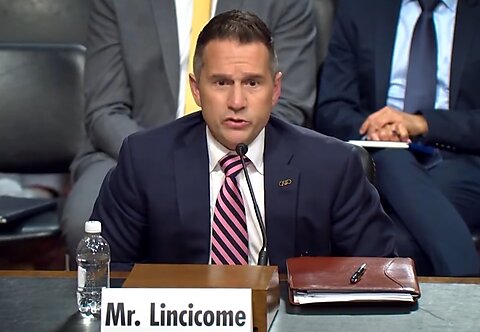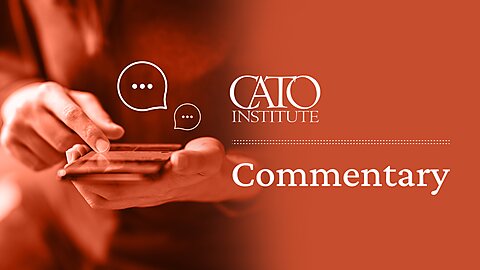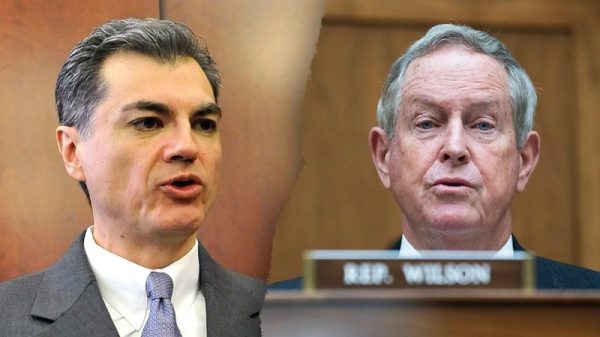Jack Solowey and Jennifer J. Schulp
After the Senate voted with bipartisan support last week to reject SAB 121, a Securities and Exchange Commission (SEC) accounting rule that would unduly hamstring the crypto industry, Sen. Cynthia Lummis (R‑WY) put it best: “Congress did a thing.”
Now make that two things. On Wednesday, May 22, the House passed the Financial Innovation and Technology for the 21st Century Act (FIT 21)—a first of its kind bill tackling some of digital assets’ most nettlesome policy questions. And again, with bipartisan support. While FIT 21 has only cleared one chamber of Congress, that in itself is a significant milestone when it comes to crypto legislation of this scope.
But Congress did something more than just advance two significant pieces of crypto legislation in the past two weeks; it took important steps toward reining in an administrative state that’s perpetrated a long train of abuses against American consumers and innovators. And, as Senator Lummis astutely observed after the SAB 121 vote, “That does not happen all that often. Especially with divided chambers.”
Crypto technology is a 21st‐century embodiment of the concept of decentralized control, something that the American Founders built into the US Constitution in several ways. One was the separation of powers—the idea that each branch of government would have the legal means and institutional incentives to check the powers of the others. James Madison described such “separate and distinct exercise of the different powers of government” in Federalist No. 51 as “essential to the preservation of liberty.”
In hammering the American digital asset ecosystem with an aggressive crackdown—which it is no stretch to view as a de facto prohibition that goes beyond the scope of congressionally delegated authority—US regulators have usurped the role of the legislature and made a mockery of the separation of powers. But, in the past two weeks, Congress has begun to push back.
SAB 121 should be an easy case for congressional action, as it suffers from both substantive and procedural defects. On substance, it upended generally accepted practices by calling on asset custodians to treat client’s digital assets as liabilities on custodians’ own balance sheets. But as Chairman of the Federal Reserve Jerome Powell testified before the Senate in 2022, “Custody assets are off balance sheet. Have always been.” Reversing this standard practice would subject banks and other traditional custodians to increased costs when providing custody for digital assets. It’s not at all clear how making crypto custody prohibitively expensive would make crypto custodians or their clients any safer.
Perhaps even more gallingly, SAB 121 also departed from standard procedural practice. As SEC Commissioner Hester Peirce noted, “The SAB, as a staff statement, is not enforceable, but much of the language in the document reads as if it is.” It was no surprise then that the nonpartisan Government Accountability Office found that SAB 121 was tantamount to a rule requiring notice to Congress under the Congressional Review Act, which the SEC had failed to provide.
Fittingly from a Madisonian perspective, bipartisan votes in both houses of Congress disapproved SAB 121. (And President Biden would be wise to respect this disapproval by reversing course on his threatened veto of the resolution.)
Another important step toward reinvigorating the separation of powers was the House of Representatives passing FIT 21 by a vote of 279 to 136, with 208 Republicans and 71 Democrats in favor. The bill would address what we have referred to as the SEC’s “unsupervised dirty war on crypto.” In that campaign, the SEC has unilaterally asserted jurisdiction over essentially the entire crypto industry (“everything other than Bitcoin”); refused to provide clear pathways for crypto issuers and exchanges to register with the SEC; and, all the while, bludgeoned crypto projects with enforcement actions for failures to secure those very same, long‐withheld registrations.
While the bill is not perfect—and important questions of interpretation and the shape of implementing regulations remain—FIT 21 would confront long‐standing issues of SEC abuse. The bill proposes to cabin the SEC’s jurisdiction over crypto by clarifying that crypto tokens pertaining to blockchain networks that are functional (e.g., operational for transmitting value or participating in applications or governance) and decentralized (e.g., free from certain forms of unilateral control and gatekeeping, concentrations of ownership, and marketing efforts) are digital commodities, not securities subject to SEC jurisdiction. The bill provides explicit registration pathways for crypto exchanges, including interim registration options pending final rules. And it creates protections from regulatory intervention for critical decentralized finance activities, including developing software, operating or participating in crypto infrastructure, providing user interfaces to interact with a blockchain, and creating or maintaining a self‐custody crypto wallet.
In a timely meditation on the nature of centralized control earlier this week, Martin Gurri wrote that today’s technocrats’ “dream is to turn the clock back to the day before the internet was invented,” before technology made it difficult to act on their belief that “every transaction demands their intervention.” One way to understand crypto is as a new era of the internet where ownership and control of digital property and services is placed in the hands of software developers and users at the local level.
It’s no surprise that such decentralization of governance—where users and innovators have a say in more of the rules—is threatening to the administrative state. But removing unchecked concentrations of power from unaccountable hands is nothing short of the American constitutional order. Congress asserting its proper role in our constitutional structure and taking steps to check the administrative state’s harassment of the developers and consumers of a user‐driven technology is “a thing” Americans should see more of.





























